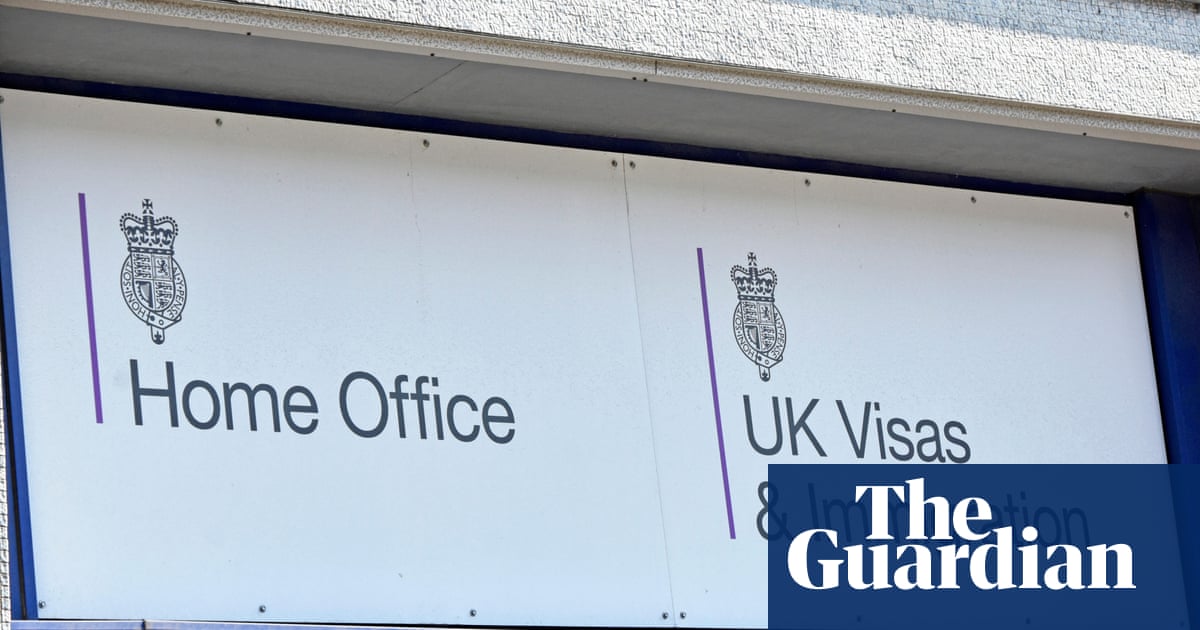Net migration to the UK is estimated to have almost halved from 860,000 in the year ending December 2023 to 431,000 in the year ending December 2024, theOffice for National Statisticssaid.
The estimate for the difference between the number of people moving to and from the UK is the biggest fall in net migration since the pandemic.
The figure was an estimated 431,000 in the year ending December 2024, down 49.9% from 860,000 a year earlier, the ONS said.
It is the biggest calendar-year drop since the early stages of the pandemic, when net migration fell from 184,000 in the year ending December 2019 to 93,000 in the year ending December 2020.
It is the largest numerical drop for any 12-month period and the ONS said the decline had been driven by falling numbers of people coming to work and study in the UK.
Long-term immigration fell below 1 million for the first time in about three years. That was estimated to be 948,000 in the year ending December 2024, down by almost a third from 1,326,000 in the previous 12 months and below 1 million for the first time since the 12 months to March 2022.
Emigration rose by about 11% to an estimated 517,000 for the year to December, up from 466,000 in the previous year.
People leaving the UK has returned to a similar level to the year ending June 2017.
The new estimates follow the introduction in early 2024 by the previous Conservative government of restrictions on people eligible to travel to the UK on work or study visas.
Mary Gregory, the director of population statistics at the ONS, said: “Our provisional estimates show net migration has almost halved compared with the previous year, driven by falling numbers of people coming to work and study, particularly student dependants. This follows policy changes brought in restricting visa applications.
“There has also been an increase in emigration over the 12 months to December 2024, especially people leaving who originally came on study visas once pandemic travel restrictions to the UK were eased.”
The latest figures come less than a fortnight after Keir Starmer said high net migration had caused “incalculable” damage to British society, as he set out a series of measures aimed at reducing further the number of people moving long term to the UK.
The prime minister,who said the country risked becoming an “island of strangers”without better integration, said he wanted net migration to have fallen “significantly” by the next general election – but refused to set a target number.
